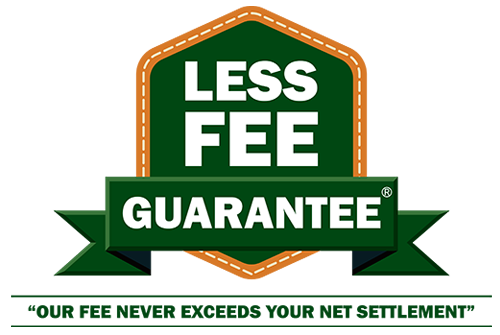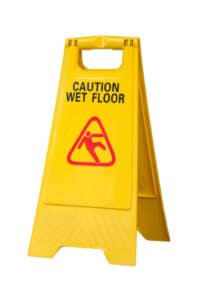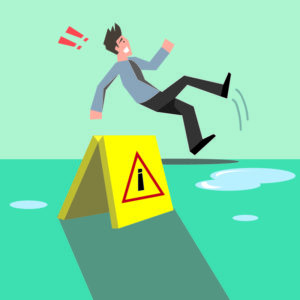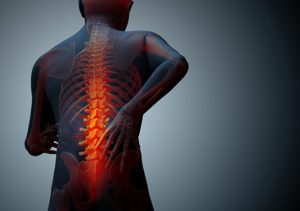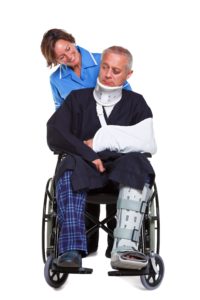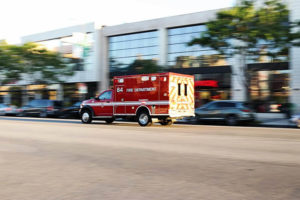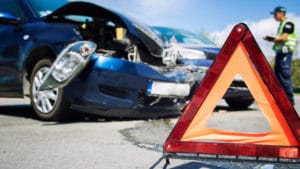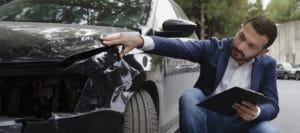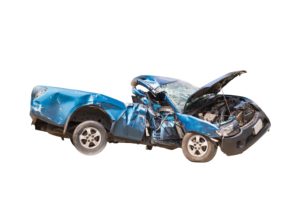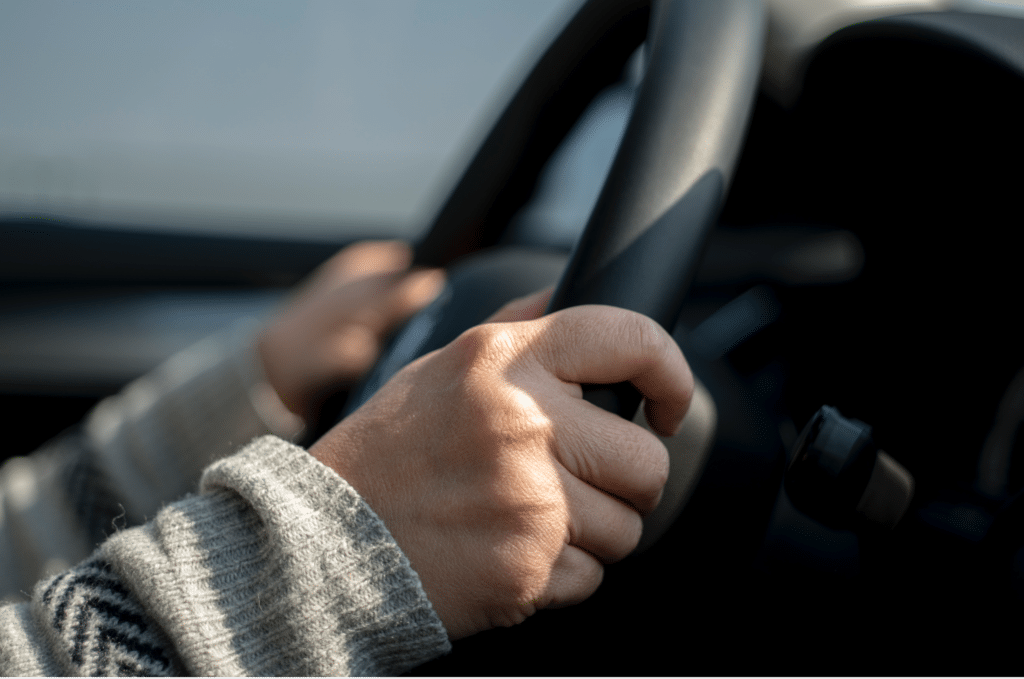
If you’ve driven the roads in Las Vegas for even a short period of time, you’ll realize that they can be a hostile environment. In fact, regardless of where you’re driving, it is one of the riskiest and most dangerous activities that you do on a daily basis. Our city has particular challenges for several reasons.
Many drivers on the roads of Las Vegas aren’t from around here. With 40 million visitors coming to Las Vegas every year, we have more drivers here than many cities of equivalent size. With the “party town” image that Las Vegas has earned, many drivers on the roads of Las Vegas don’t follow the same safe driving practices that they would at home. To test this concept, drive from L.A. to Las Vegas, and watch what happens as drivers get close to Las Vegas. From the state line into town, it becomes a driving free-for-all in some cases. That is why that stretch of road has become a primary enforcement area for Nevada Highway Patrol.
Las Vegas has grown quickly. In the last 40 years, a relatively short time in the life of a city, Las Vegas has grown from a population of less than 500,000 to over 2.2 million in 2017. With the increase in vehicles that comes from that kind of growth, many of our roads weren’t designed for the traffic loads they are required to carry today.
Lots of roads are under construction. The billion-dollar Project Neon improvements to the Spaghetti Bowl area are one example, but this just closely follows the Design Build project of I-15 and I-215 that was completed within the last few years, and another project to improve the Tropicana I-15 exits is coming shortly thereafter to prepare for increased traffic due to the new Raiders Stadium. With this level of construction activity, road conditions can be a challenge in and of themselves.
Las Vegas is a 24-hour drinking town. As opposed to most cities within driving distance of Las Vegas, there is no time that you can’t get alcohol served here. This leads to many more impaired drivers on Las Vegas roadways than in many other cities.
What is Defensive Driving?
For many, a good defense is a good offense. In many cases, this translates into driving practices which are questionable, but it misses the point. Driving is not a contact sport. In fact, the prime objective of driving is to avoid contact. Not every driver does it well, although most drivers think they do.
Defensive driving is a set of principles practiced to avoid the consequences of others’ negligent driving practices. It is a set of skills which can be learned. It can help you avoid many adverse traffic situations and could ultimately save your life. The U.S. Department of Transportation estimates that up to 90% of crashes are caused by human error.
Stay focused.
Driving is one of the most complex activities that human beings participate in. We must constantly evaluate a myriad of factors, such as road conditions, speed and position, traffic laws, signs, road markings, and the positions of other drivers around us. Reducing or eliminating distractions when involved in driving allows the focus to remain on the job at hand. Talking on the phone, texting, or cleaning up the double cheeseburger you just spilled in your lap can all distract from the awareness of changing conditions which driving requires.
Stay alert.
Road and driving conditions change constantly, usually when you least expect it. When the driver in front of you slams on the brakes at the last minute, your reaction time has to be sharp. If you’re too sleepy to drive, pull over and rest. Drugs, and not just alcohol, but even prescriptions, can affect your reaction time and judgement. Monitor your own condition and either avoid driving completely, or change your driving style to compensate when you’re not at peak alertness if you have no alternative.
Watch out for others.
Be aware of other drivers on the road. Identify possible threats. Anticipate what other drivers could do that could impact your driving path. Don’t assume that they will act as you would, and look for escape routes if things don’t go as you assume. Slow down, if needed, to avoid challenging driving situations as you see them develop. Assume the worst case and be prepared for it. Change lanes if needed or get off the road completely if conditions are too stressful. A five-minute break from driving can reduce stress and restore alertness.
Give yourself 3-4 seconds.
Your greatest awareness is of conditions in front of you. Allow yourself adequate reaction time to brake if traffic in front of you slows or stops. In bad weather or heavy traffic conditions, give yourself an additional second or two to react. Tailing another driver because they’re not going as fast as you want may make you feel better, but after the rear-end collision and potential injury, it may not be as satisfying.
Give yourself enough time to get there.
Modern life is stressful. Schedules, appointments, and heavy workloads all create stressors that can make you impatient with driving. Make it a habit to leave for a destination with enough time to get there on time. Before you leave, look at a map app with traffic details included to allow for alternate routes to avoid accidents or construction delays. If you’re not stressed during the drive, you’ll be a better driver.
The Richard Harris Law Firm Wants to Help With Your Las Vegas Accident Claim
Even when you’ve done all you can to drive defensively, things can still go wrong. If you’re injured in an accident that wasn’t your fault, you may need the skills of an attorney to provide for a just and adequate settlement of you claim. The lawyers of the Richard Harris Law Firm provide the kind of representation in order to deal with the claims with the insurance company and allow you to focus on your recovery. Call us today to discuss your case at (702) 444-4444.




